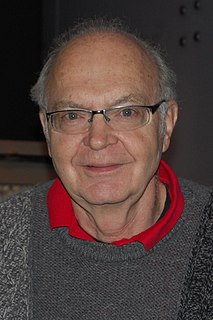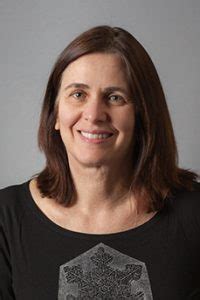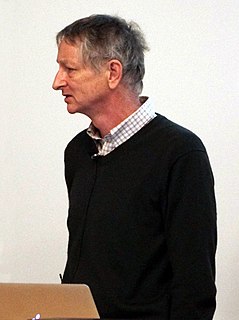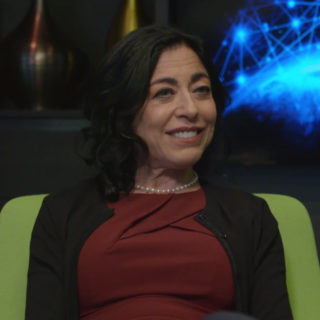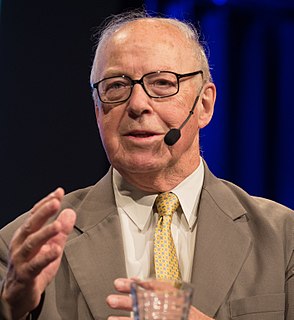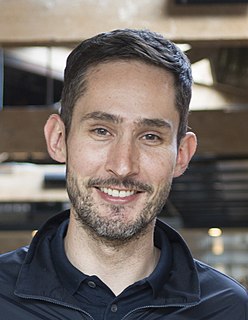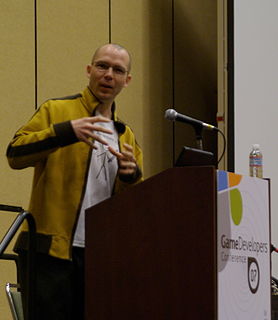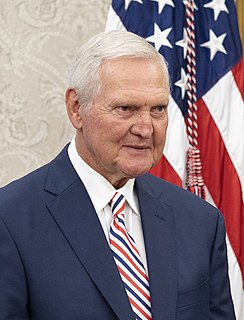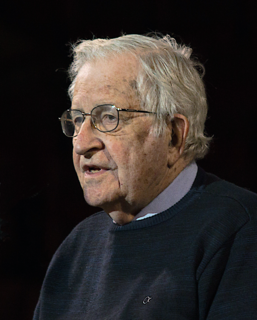A Quote by Donald Knuth
I remember that mathematicians were telling me in the 1960s that they would recognize computer science as a mature discipline when it had 1,000 deep algorithms. I think we've probably reached 500.
Related Quotes
The term "informatics" was first defined by Saul Gorn of University of Pennsylvania in 1983 (Gorn, 1983) as computer science plus information science used in conjunction with the name of a discipline such as business administration or biology. It denotes an application of computer science and information science to the management and processing of data, information and knowledge in the named discipline.
I had a moment where I had reached 200,000 followers. At the time, a lot of people would get to that number on YouTube, and they'd stop growing. I was really scared because I didn't want that to happen to me, so when I reached 200,000 subscribers, I was like, 'Eva, you have to do this. You have to work hard and push past this number.'
The nerve agent VX is one of the most toxic ever developed. 13,000 chemical bombs were dropped by the Iraqi Air Force between 1983 and 1988, while Iraq has declared that 19,500 bombs were consumed during this period. Thus, there is a discrepancy of 6,500 bombs. The amount of chemical agent in these bombs would be in the order of about 1,000 tonnes.
You know, in college, I never got either degree, but I was a double-major in Computer Science and English. And English at Berkeley, where I went to school, is very much creatively-driven. Basically, the entire bachelor's degree in English is all about bullshitting. And Computer Science, which was my other major, was exactly the opposite of that. You had to know what you were doing, and you had to know what you were talking about.
If somebody is working on a new medicine, computer science helps us model those things. We have a whole group here in Seattle called the Institute for Disease Modelling that is a mix of computer science and math-type people, and the progress we're making in polio or plans for malaria or really driven by their deep insights.
The San Gabriel Mountains rise like a rampart at the edge of the city, safeguarding more than 500,000 acres of mature forests, mountain streams, dramatic waterfalls, and towering peaks that reach over 9,000 feet. These untamed places attract bighorn sheep, mountain lions, and other threatened or endangered species.
